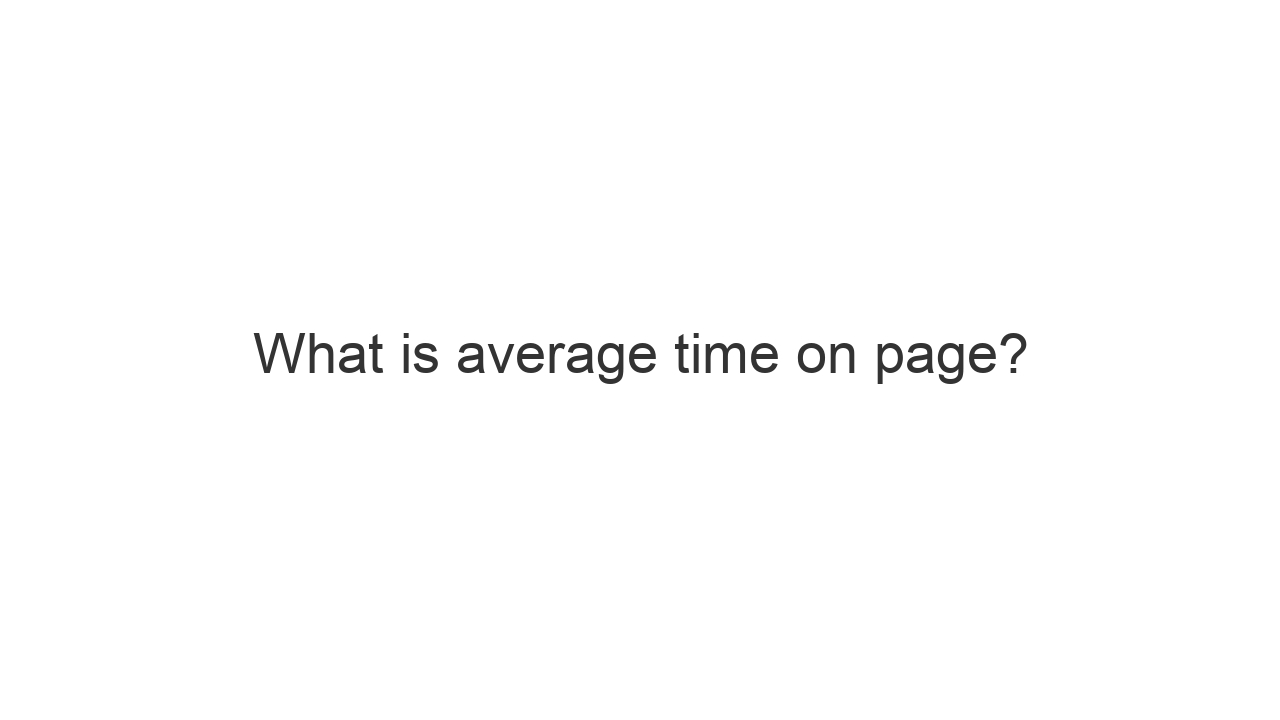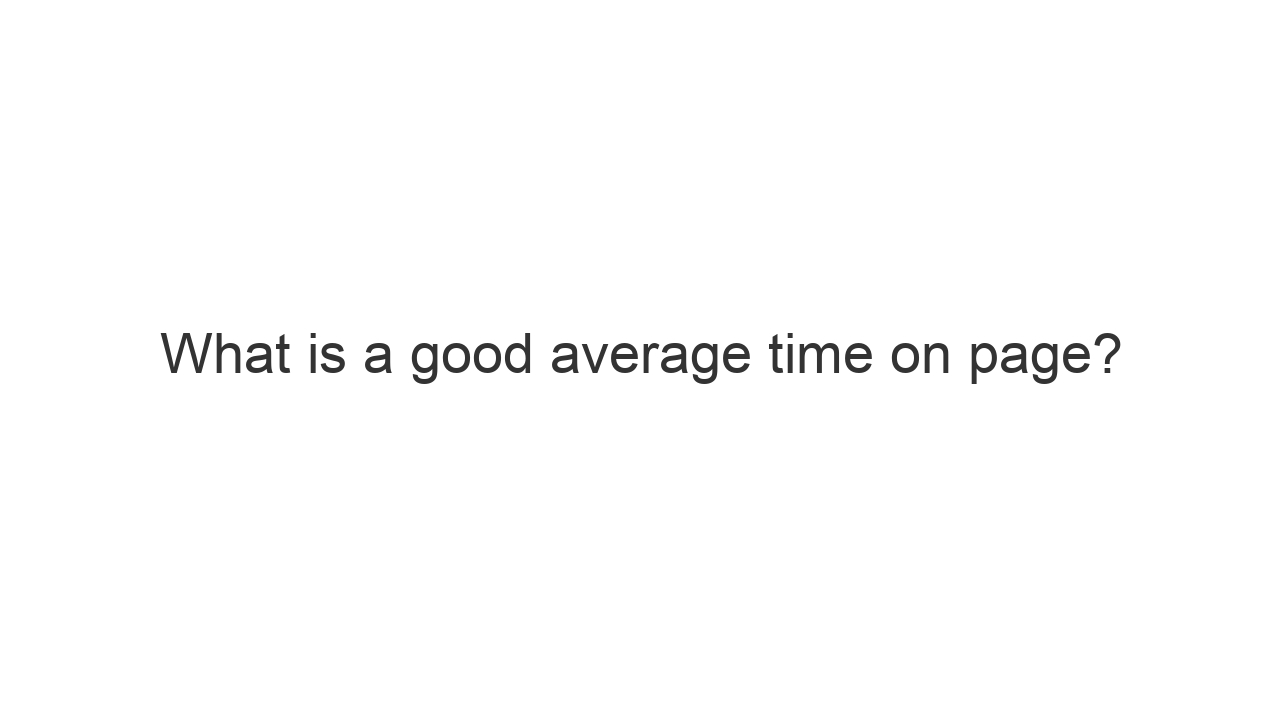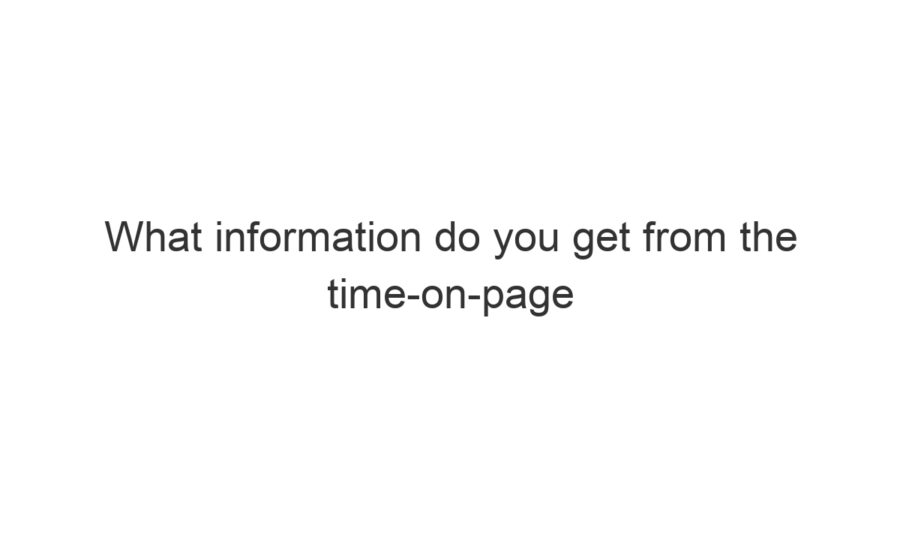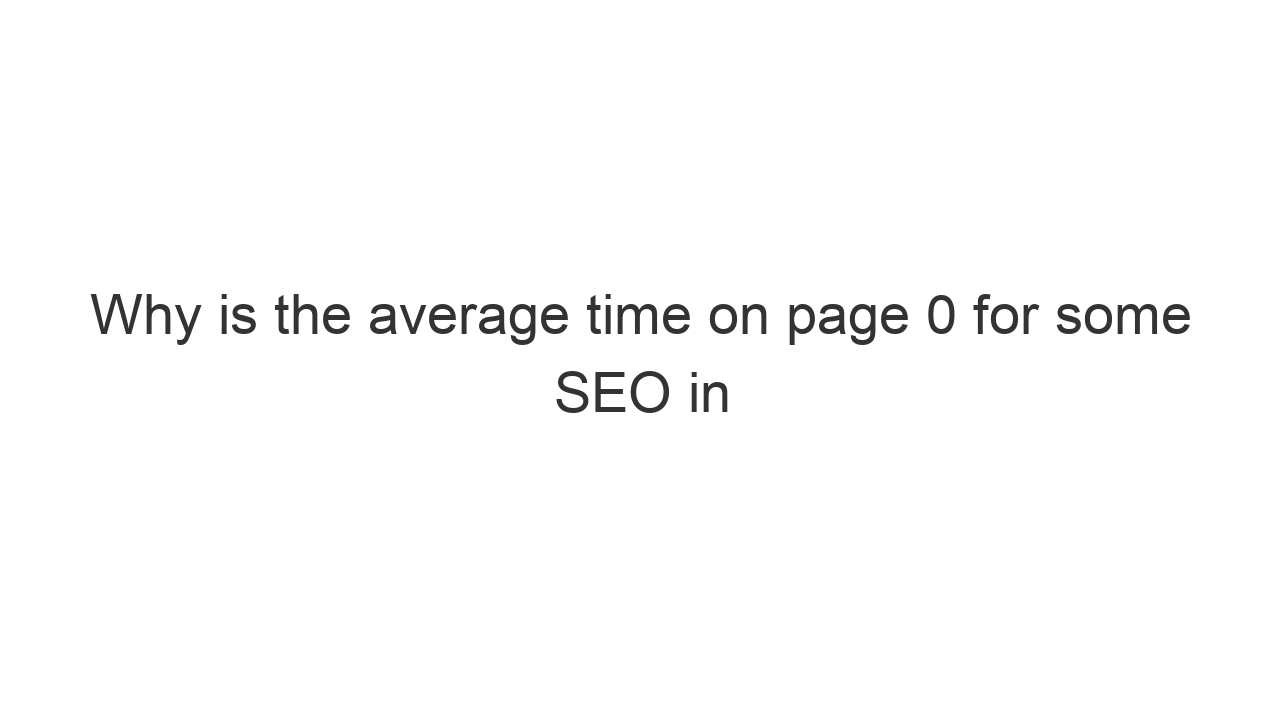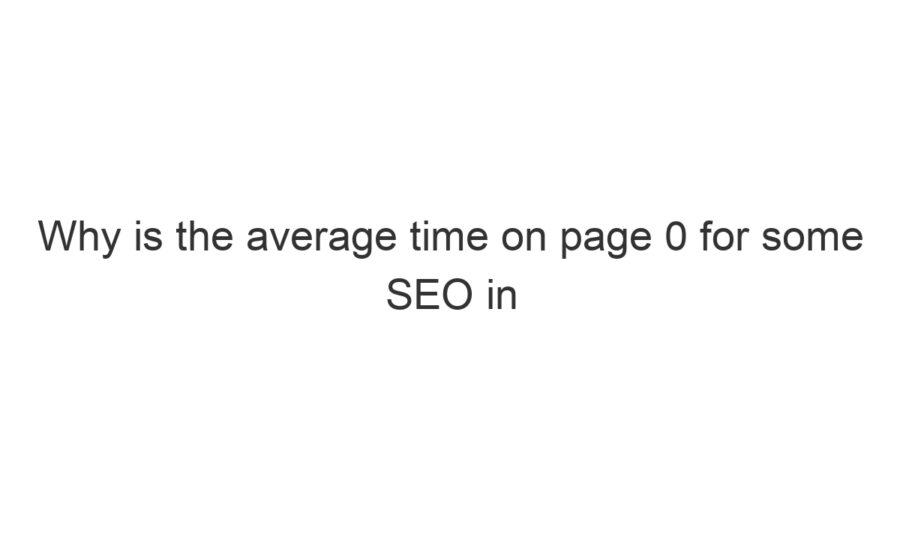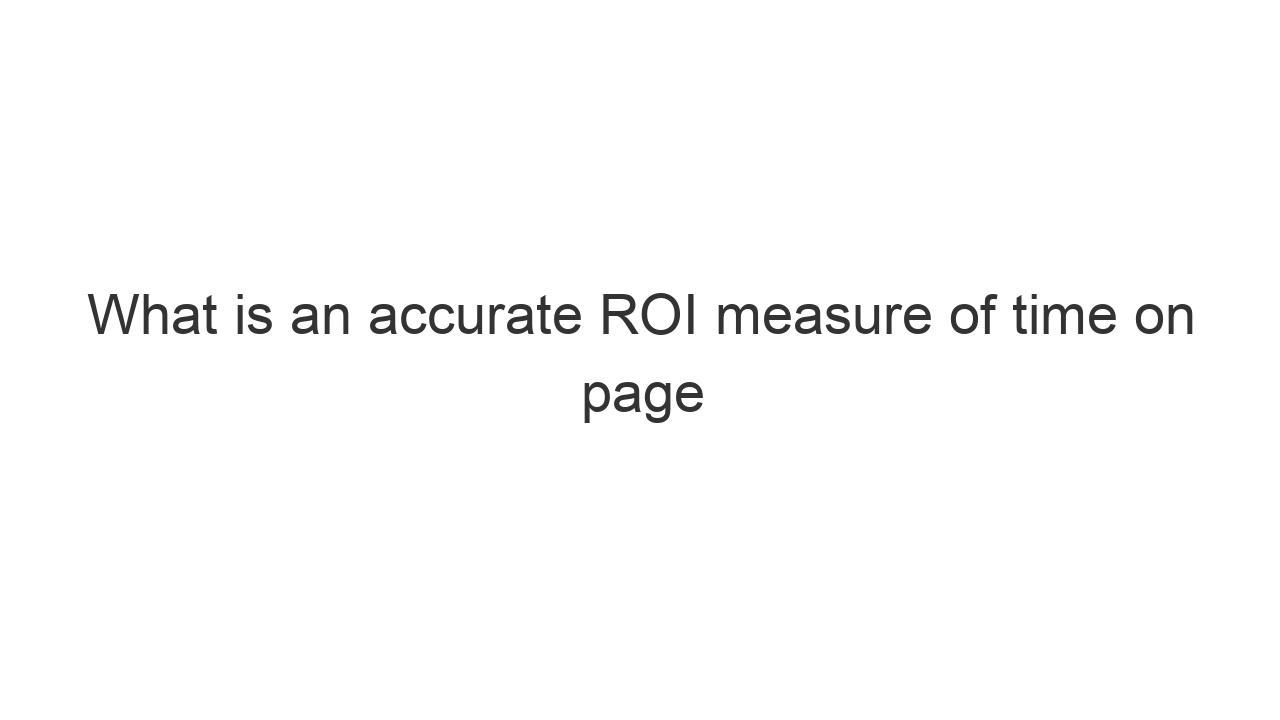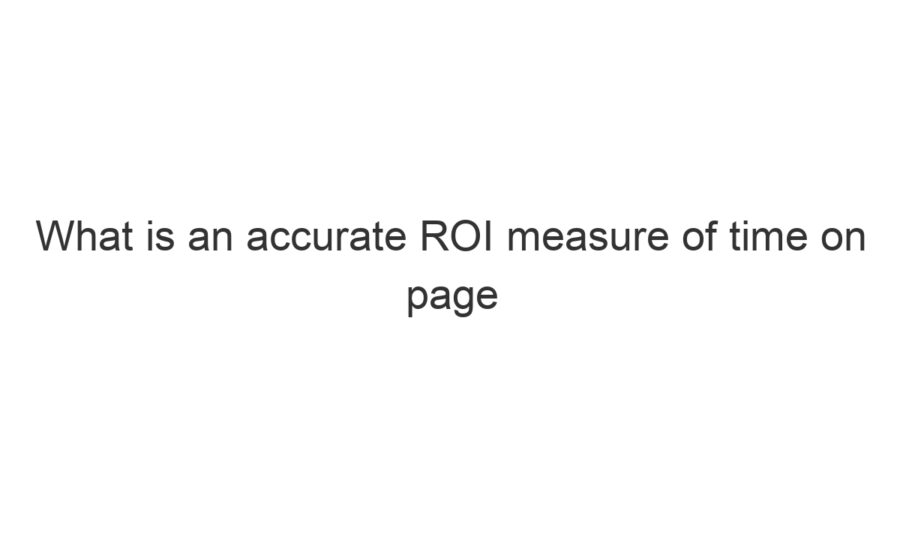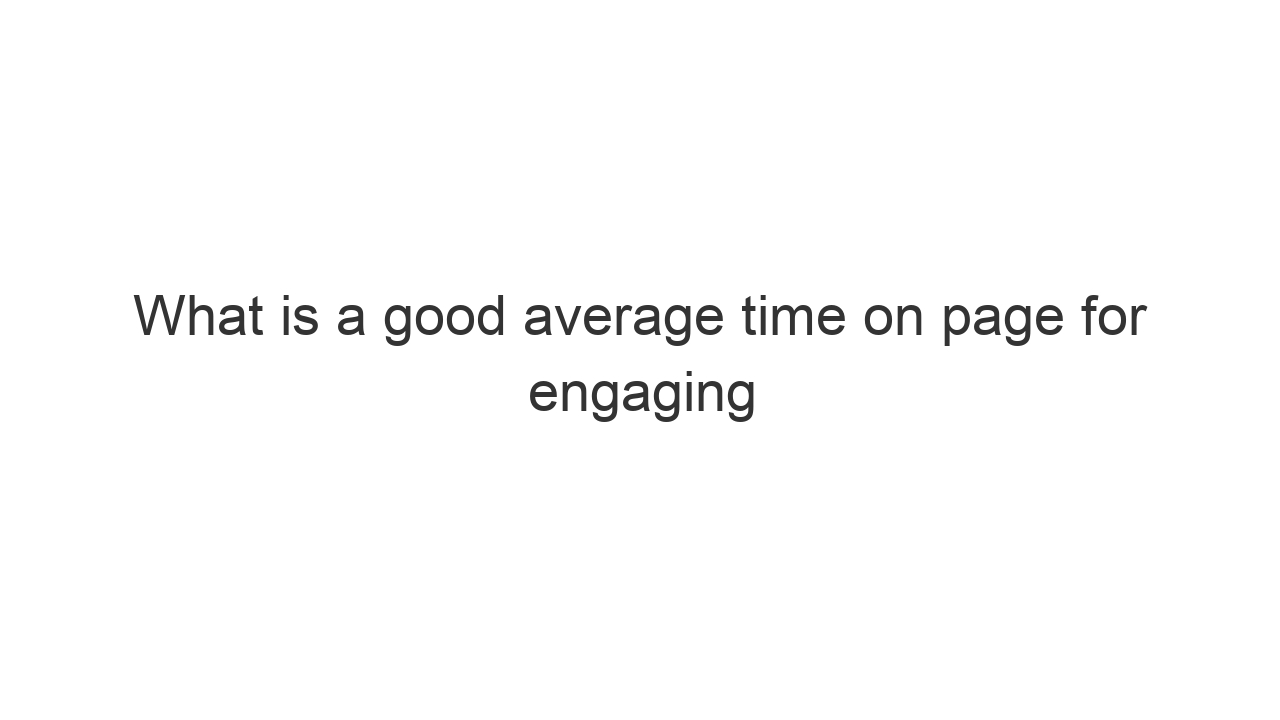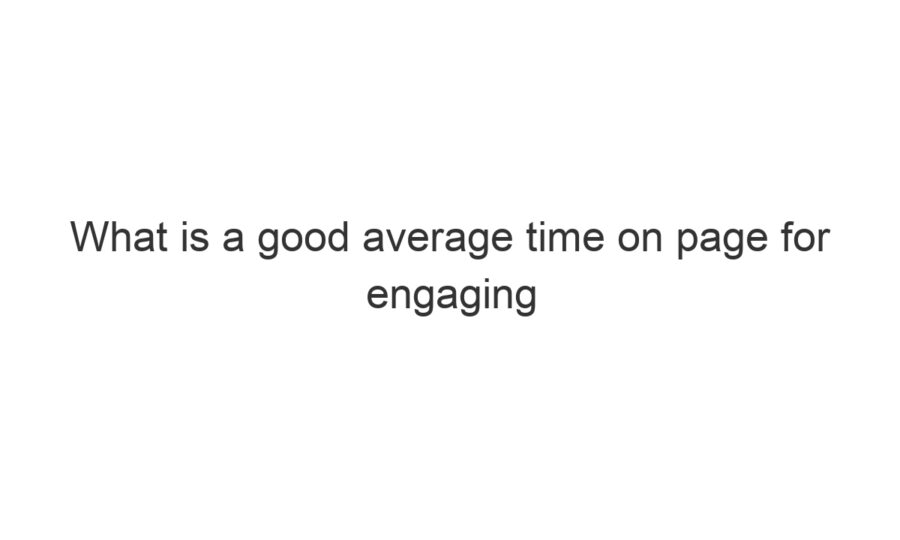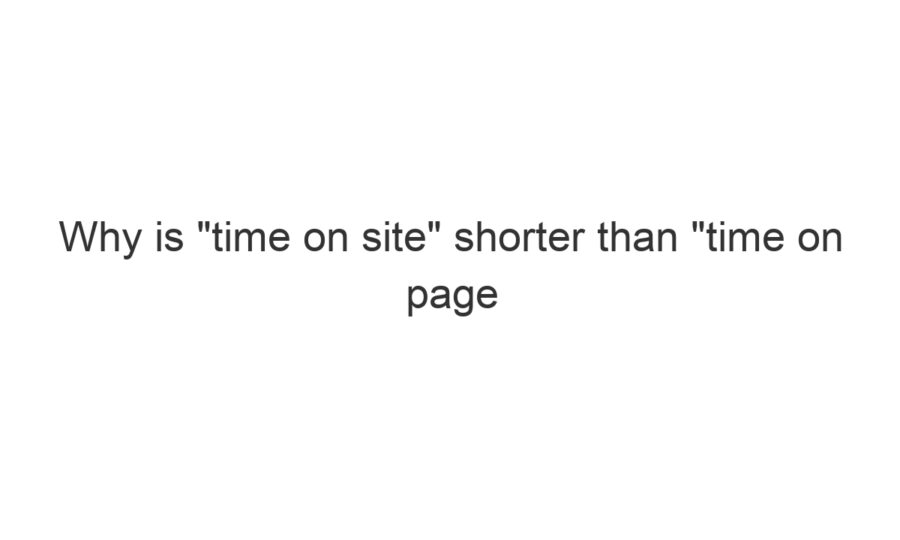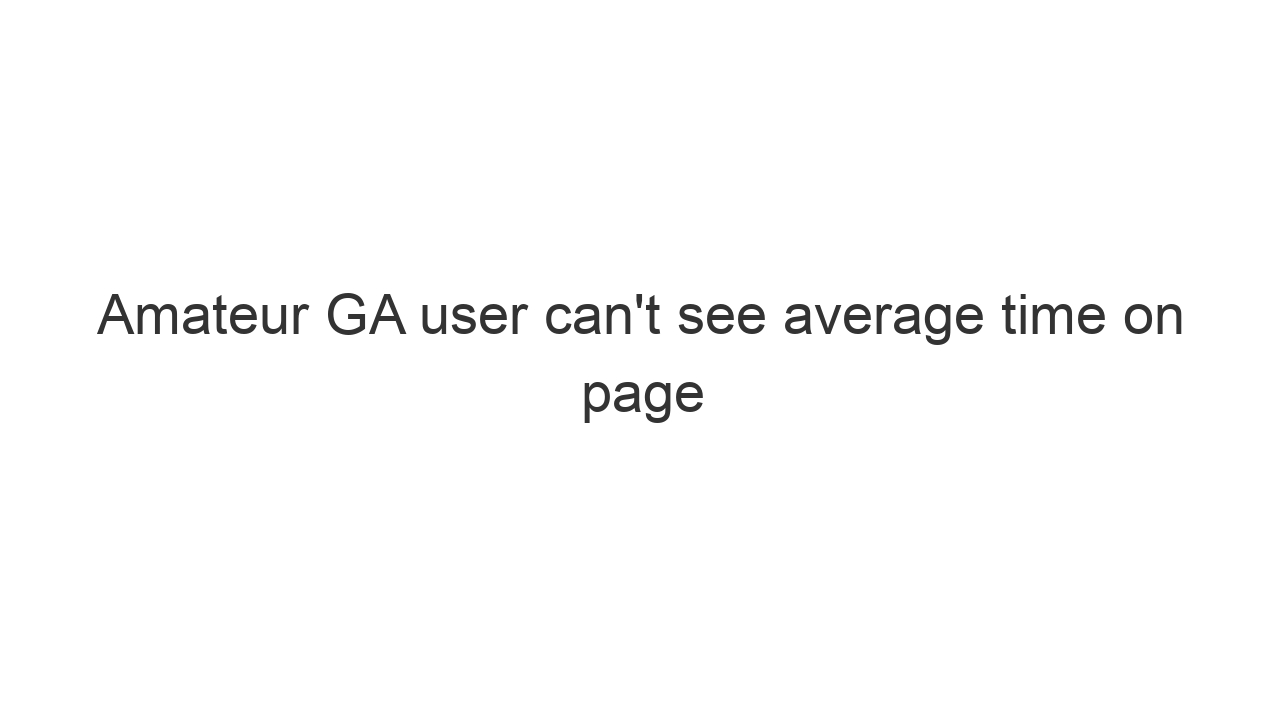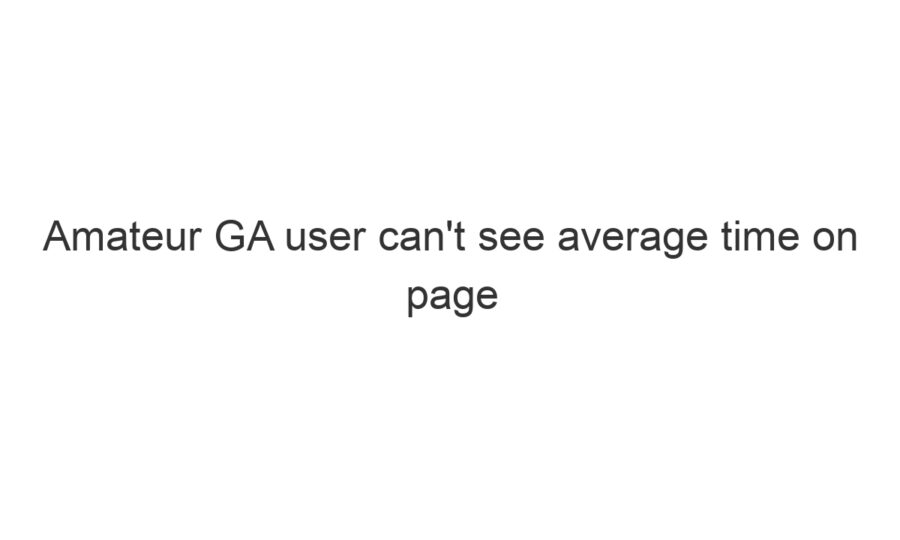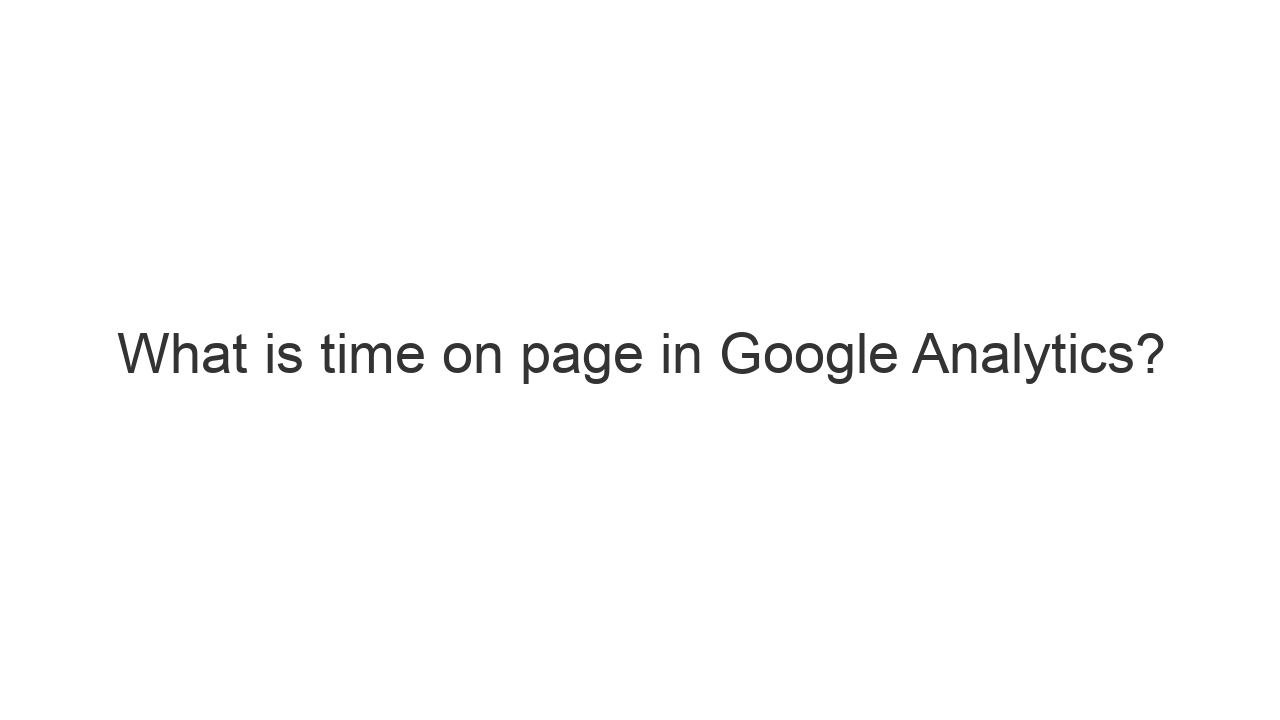
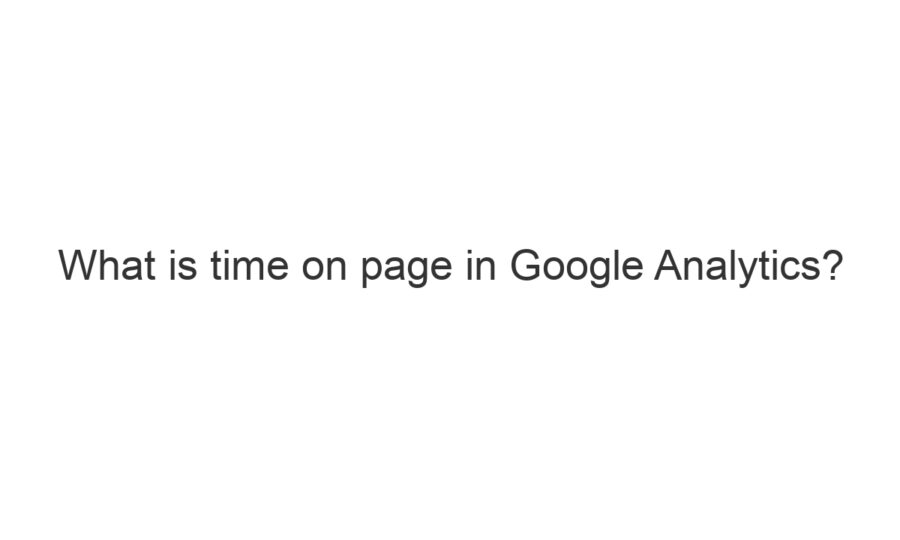
What is time on page in Google Analytics?
Time on page in Google Analytics measures the difference between when opens a webpage and then clicks another link. Or opens a new tab and visits the same domain. A common fallacy is that time on page represents all users, when it only captures those that complete those actions. So it is not reflective of an overall audience. It tends to skew up. It would be better to use a newer metric like Attention, which measures second by second, how… Continue reading
